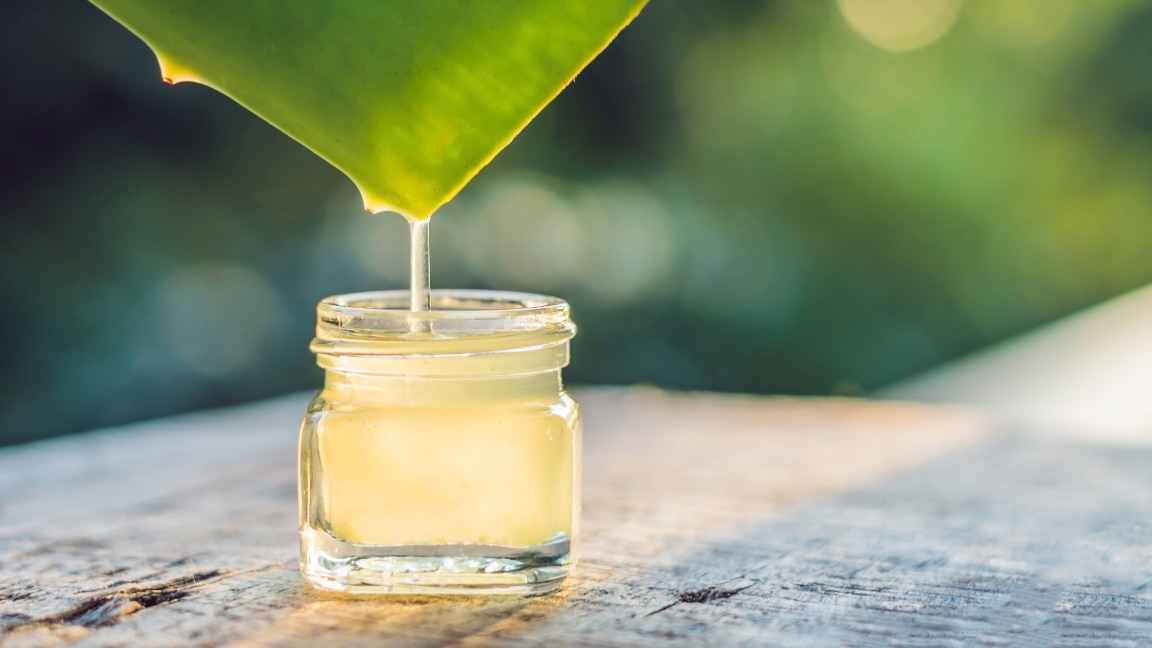The reason for its current, soaring popularity is simple: efficacy. People are moving towards ingredients they trust, those tried and tested by generations, and the aloe vera face mask is the ultimate testament to this back-to-basics revolution. From high-end luxury brands to simple DIY aloe vera face mask at home recipes, the green gel's ability to heal, hydrate, and revitalise skin is unparalleled. If you're looking for an affordable, potent solution for a myriad of skin woes, learning how to make a aloe vera face mask and aloe vera benefits for skin are the best first step you can take towards a healthier, glowing skin.
01What Is Aloe Vera and Why It’s Good for Skin
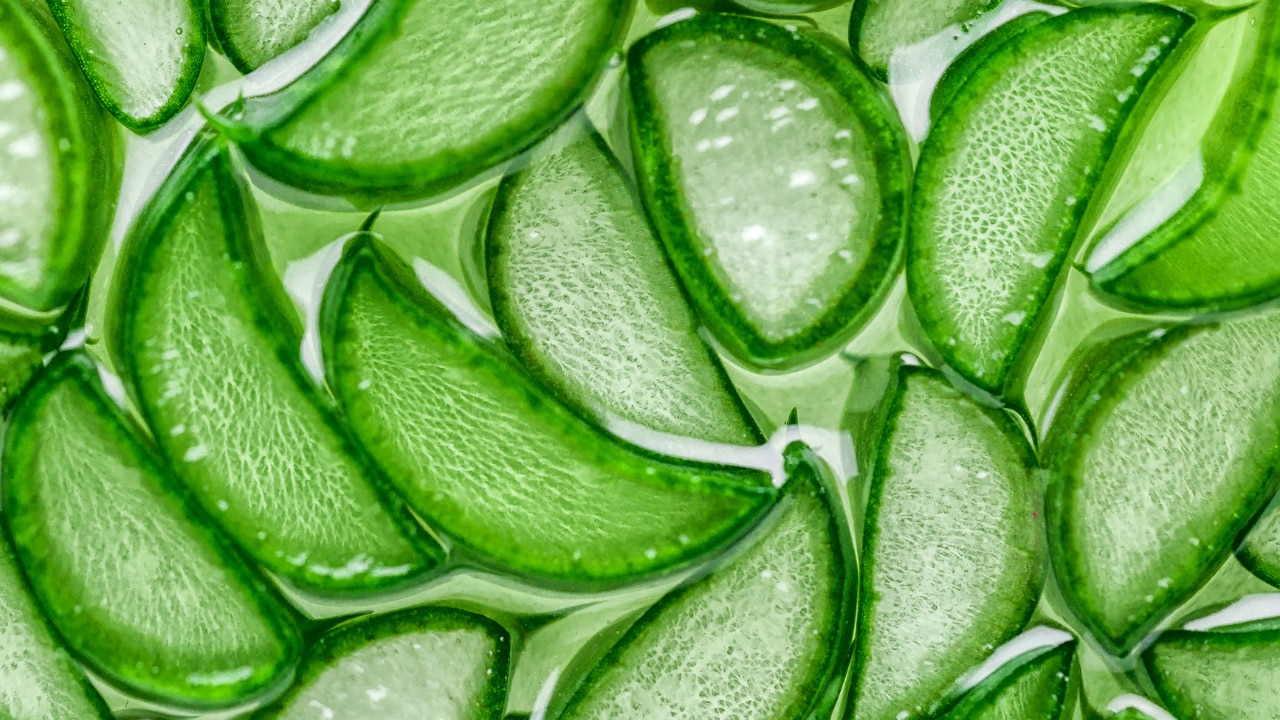
Aloe vera (scientific name: Aloe barbadensis Miller) is a succulent plant species from the genus Aloe. It's famed for the clear, gelatinous pulp found within its leaves, which is approximately 98% water.
The gel is a potent cocktail of over 75 potentially active constituents, including:
- Vitamins: Contains Vitamins A, C, and E, powerful antioxidants that fight free radicals and maintain the skin's natural firmness and radiance.
- Enzymes: Enzymes like bradykinase help reduce excessive inflammation when applied topically, acting as an excellent soothing agent.
- Minerals: Key minerals like zinc and copper are essential for healthy cell function and have mild astringent properties, helping to minimise the appearance of pores.
- Acids: Amino Acids and trace Salicylic Acid aid in gentle exfoliation and tissue repair, encouraging new, healthy skin cell regeneration.
- Polysaccharides: These compounds are responsible for the plant's incredible moisture-retaining capabilities and its ability to act as a protective barrier on the skin.
02Key Benefits of Aloe Vera Face Masks
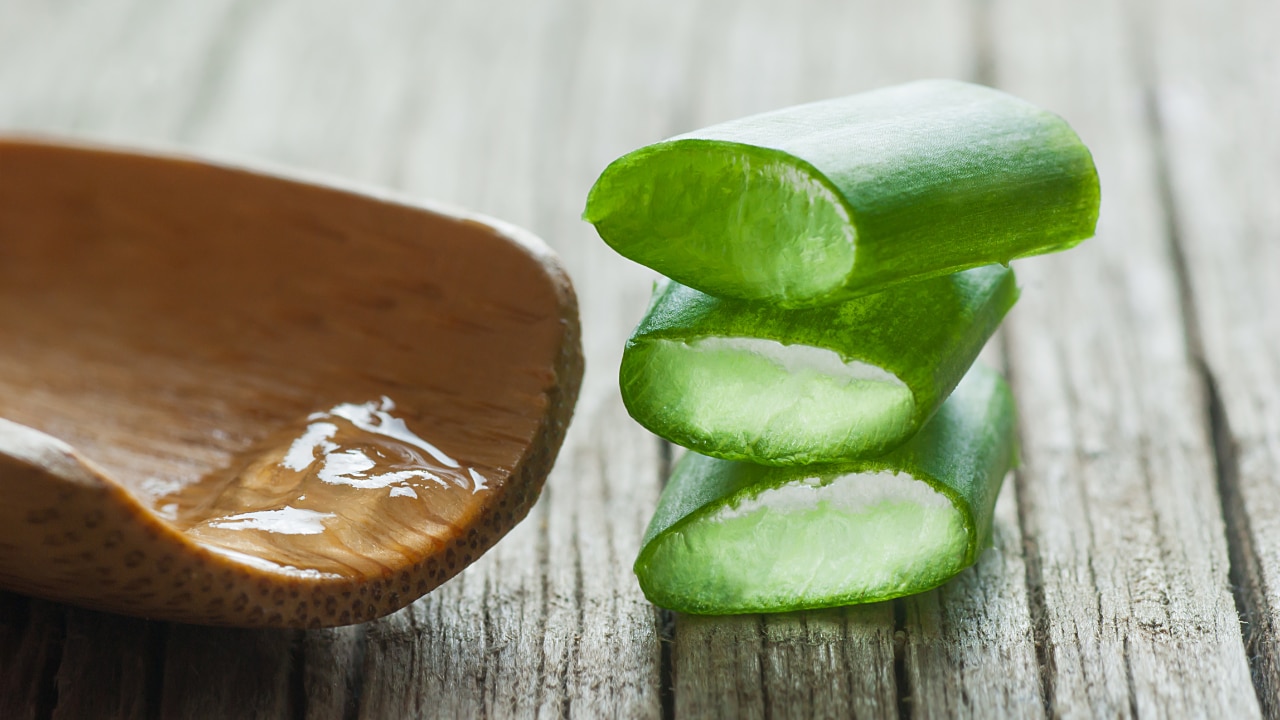
Incorporating a simple aloe vera face mask into your weekly regimen can deliver transformative results:
- Intense Hydration: Acts as a phenomenal humectant, drawing moisture into the skin without leaving a greasy residue.
- Soothes Sunburn and Redness: Anti-inflammatory enzymes and cooling properties rapidly calm irritated and sensitive skin.
- Reduces Signs of Ageing: Vitamins C and E protect the skin from environmental damage, which often leads to fine lines.
- Gentle Exfoliation: Enzymes provide mild, non-abrasive exfoliation, helping to achieve aloe vera face mask for glowing skin results.
- Improves Skin Elasticity: Promotes the production of collagen and elastin, helping the skin appear plumper and more youthful.
- Heals Minor Cuts and Scrapes: Speeds up the wound-healing process by improving blood circulation and cell growth.
03DIY Aloe Vera Face Mask Recipes
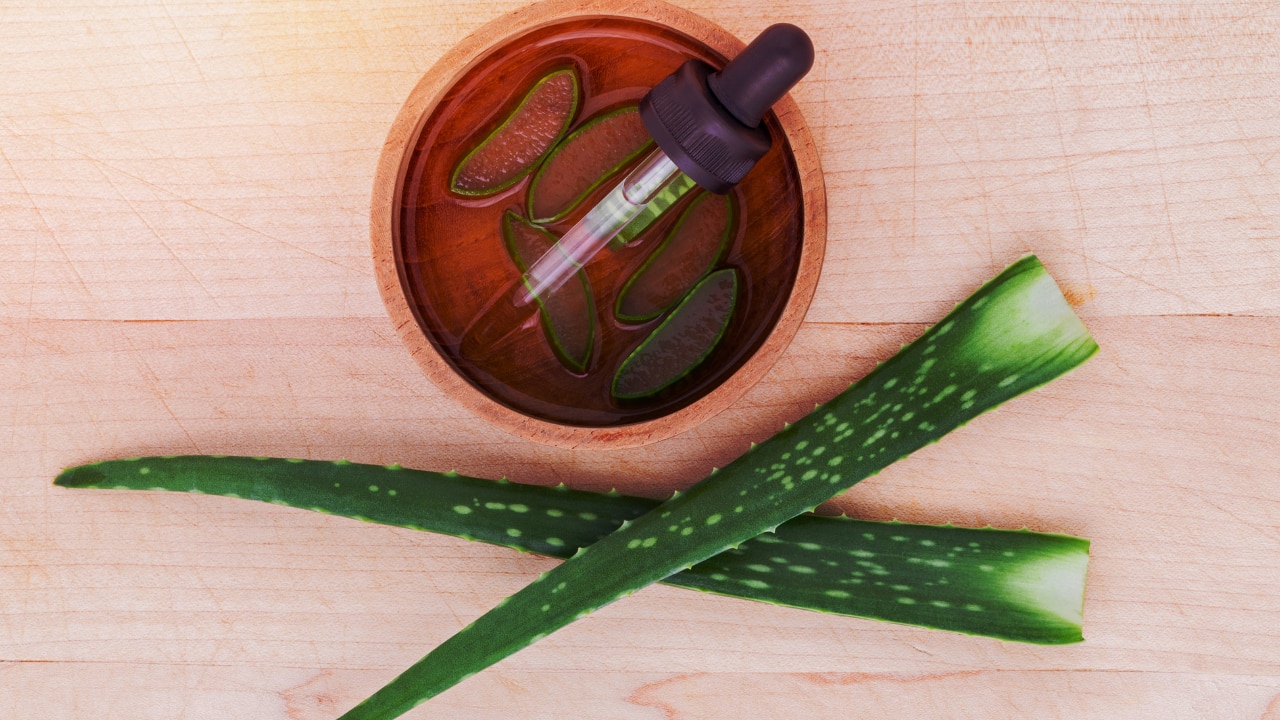
You can easily make a potent aloe vera face mask at home with minimal fuss.
1. Aloe Vera + Honey Mask (for Hydration & Glow)
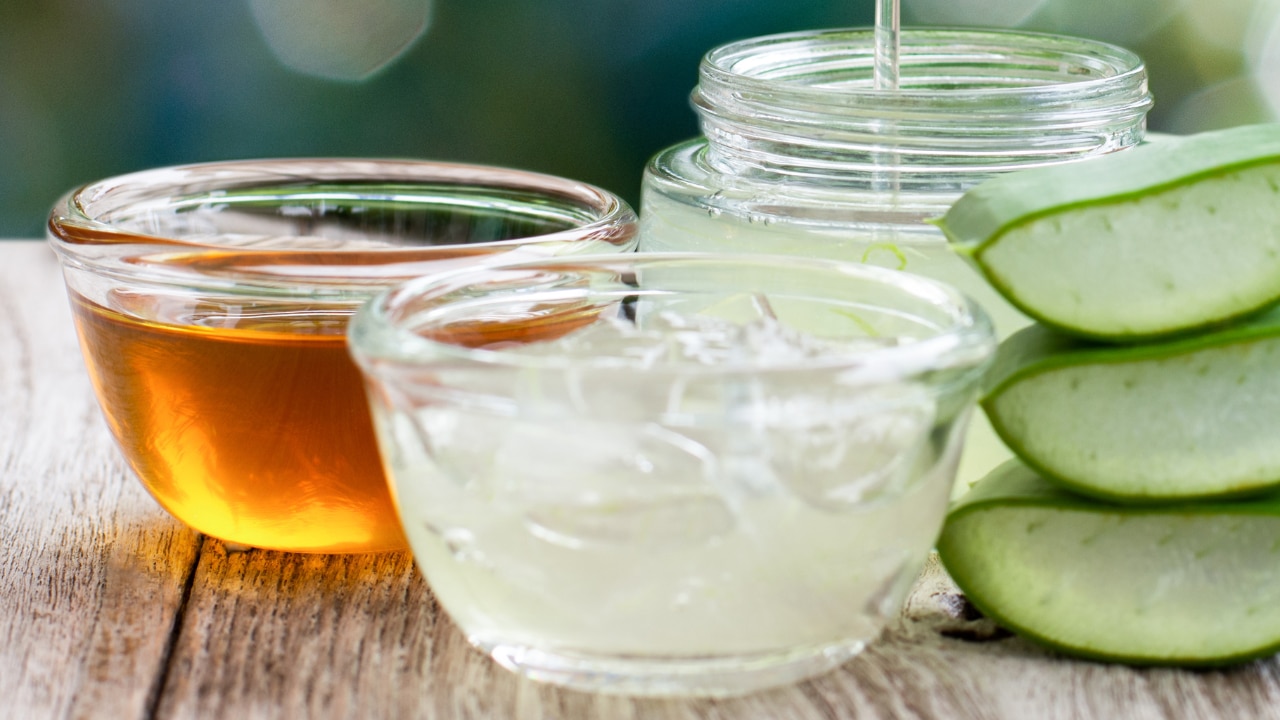
- Why it works: Honey is a natural humectant and has gentle antiseptic properties. This combination provides deep hydration and a lovely glow.
- How to make: Mix 2 tablespoons of fresh aloe vera gel with 1 tablespoon of raw organic honey.
- How to apply: Spread a generous, even layer over a clean face and neck. Leave it on for 15–20 minutes, then rinse off with lukewarm water.
2. Aloe Vera + Turmeric + Gram Flour (for Acne & Oil Control)
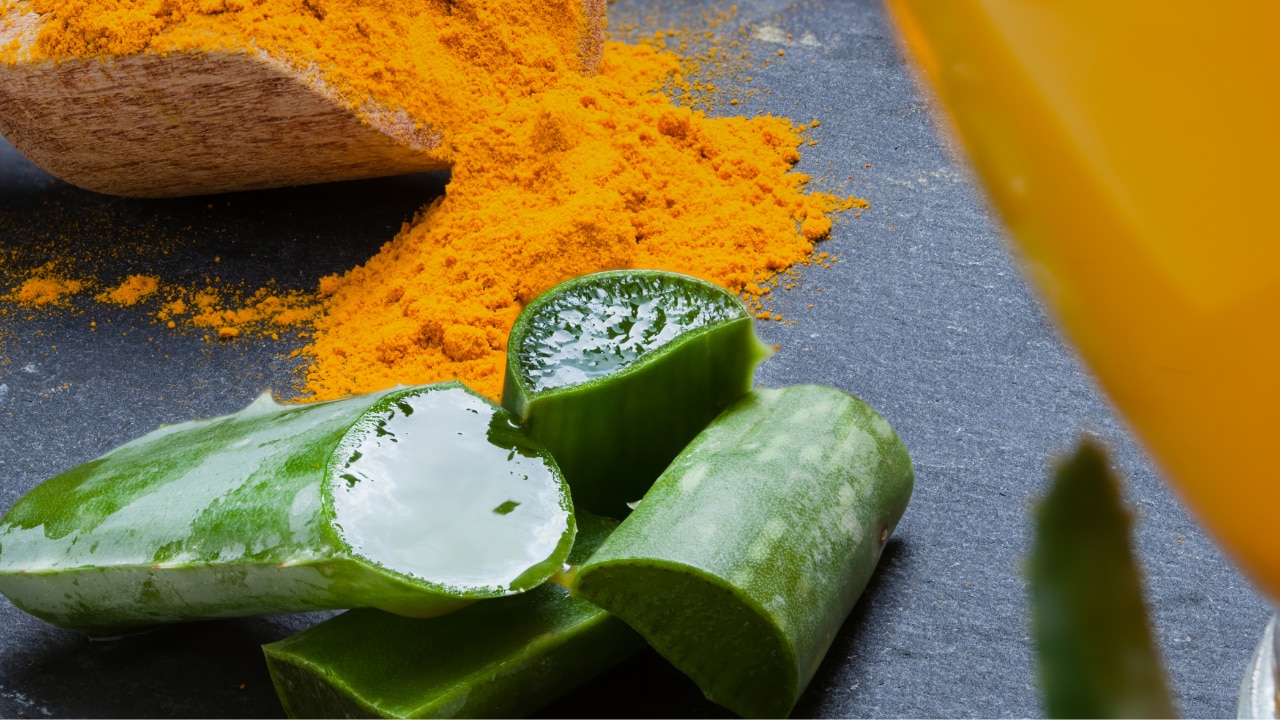
- Why it works: Turmeric is famed for its anti-inflammatory properties, while gram flour (besan) is an age-old cleanser that absorbs excess oil and gently exfoliates.
- How to make: Combine 1 tablespoon aloe vera gel, 1 teaspoon gram flour, and a pinch (about 1/4 teaspoon) of organic turmeric powder. Add a few drops of rosewater if the mixture is too thick.
- How to apply: Apply the paste and let it dry completely (about 20 minutes). Gently scrub in circular motions while rinsing with cool water.
3. Aloe Vera + Cucumber (for Soothing & De-puffing)
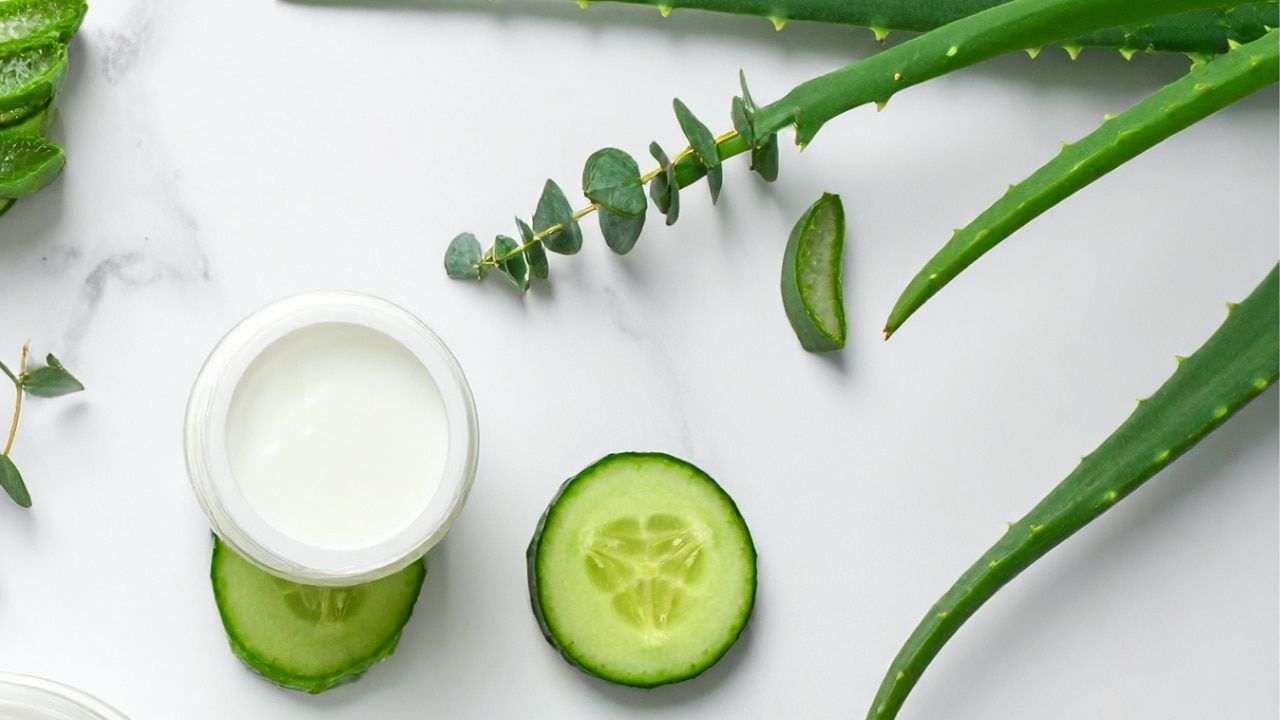
- Why it works: Cucumber is mostly water and incredibly cooling. This mask is perfect for soothing irritated skin and reducing morning puffiness.
- How to make: Blend 2 tablespoons aloe vera gel with 1/4 of a peeled cucumber until smooth.
- How to apply: Chill the mixture in the fridge for 10 minutes, then apply and relax for 15 minutes.
4. Aloe Vera + Oatmeal (for Sensitive & Exfoliating)
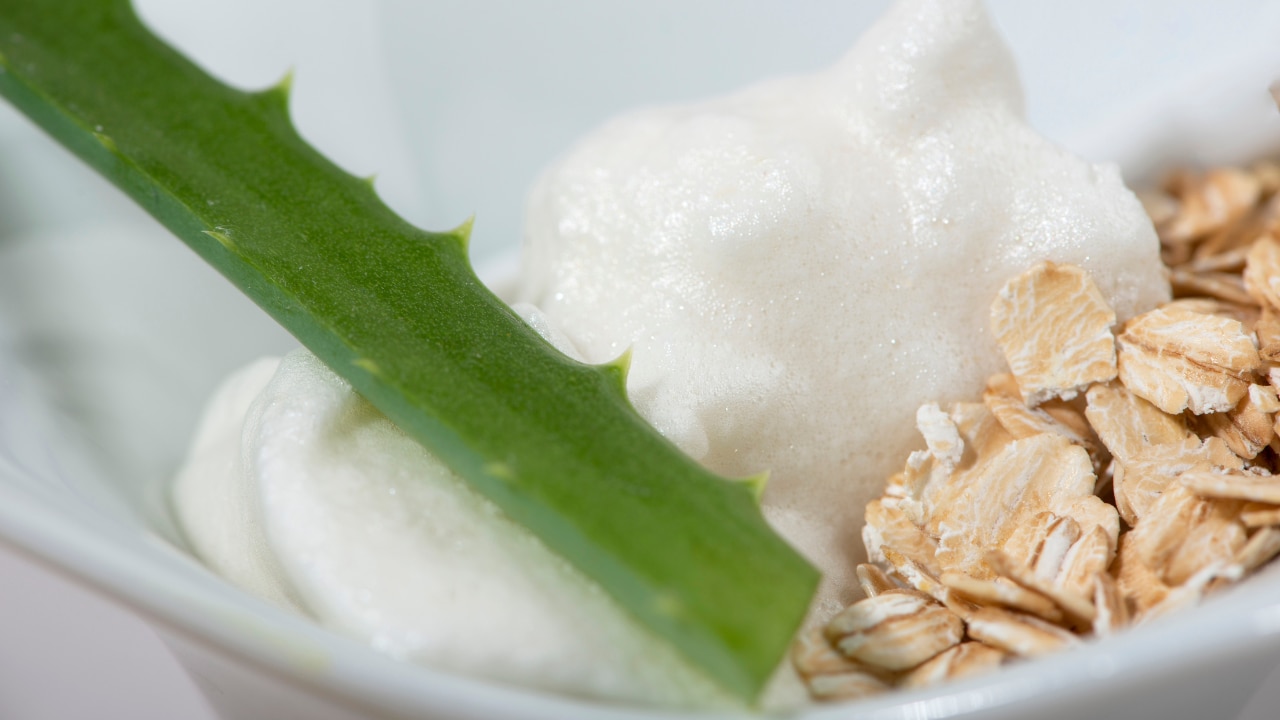
- Why it works: Oatmeal is a classic remedy for sensitive and irritated skin, helping to soothe and repair the skin barrier, while gently lifting dead skin cells.
- How to make: Mix 2 tablespoons finely ground oatmeal with 3 tablespoons aloe vera gel to form a thick paste.
- How to apply: Apply to the face and let it sit for 15 minutes. Gently massage as you rinse to buff the skin.
5. Aloe Vera + Lemon Juice (for Brightening & Dark Spots)
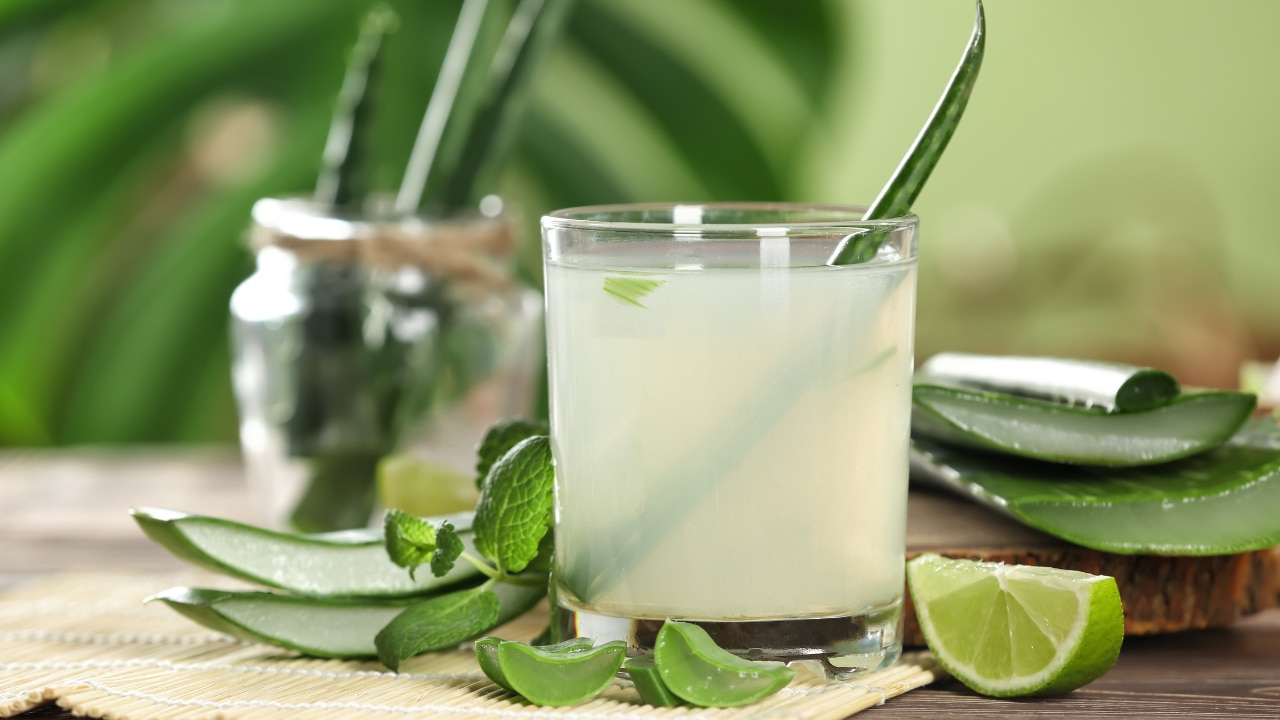
- Why it works: Lemon juice contains citric acid, a natural AHA that brightens the skin. This recipe is a fantastic aloe vera face mask for glowing skin.
- How to make: Mix 2 tablespoons aloe vera gel with 1/2 teaspoon fresh lemon juice.
- How to apply: Use with caution. Apply only at night, leave on for 10 minutes, and rinse thoroughly. Always follow up with a broad-spectrum sunscreen the next morning as lemon can cause photosensitivity.
6. Aloe Vera + Plain Yoghurt (for Anti-Ageing & Firming)
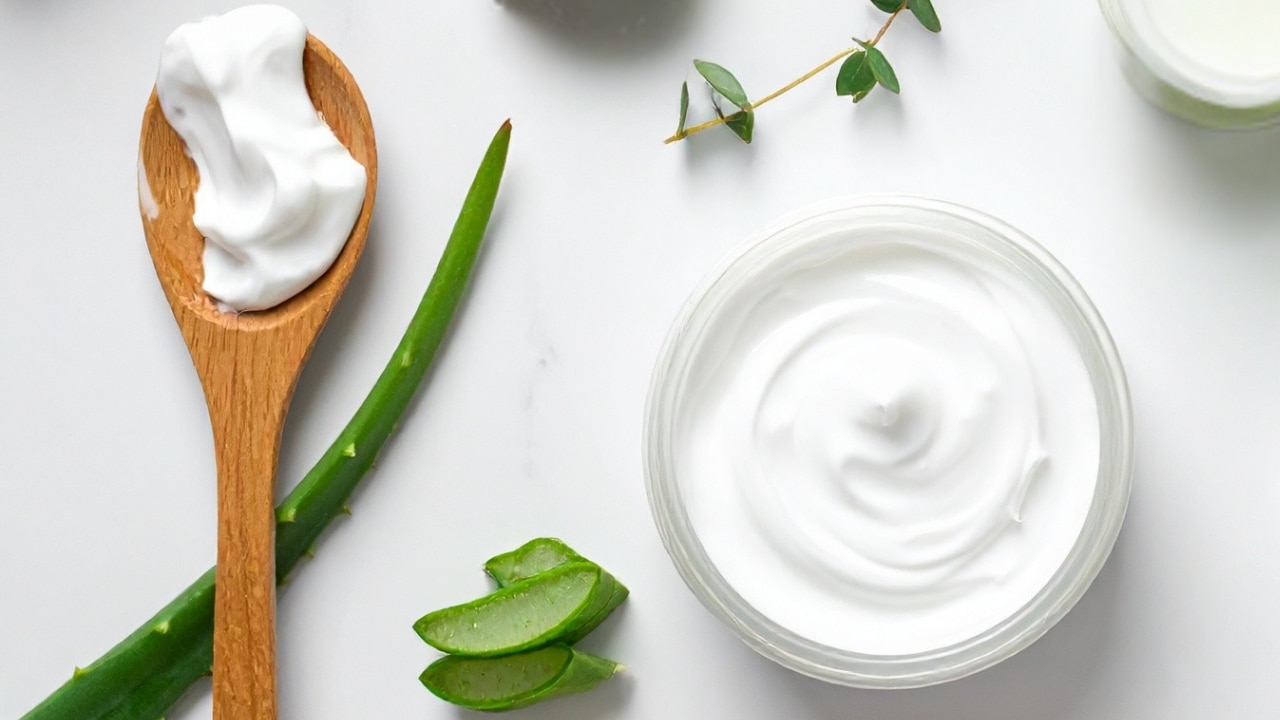
- Why it works: Yoghurt contains lactic acid (another AHA), which is excellent for gentle cell turnover and skin tightening, making this a great anti-ageing treatment.
- How to make: Combine 2 tablespoons aloe vera gel with 1 tablespoon plain, unsweetened yoghurt.
- How to apply: Apply to the face and let the lactic acid and vitamins work their magic for 20 minutes before rinsing.
7. Aloe Vera + Green Tea (for Antioxidant Boost)
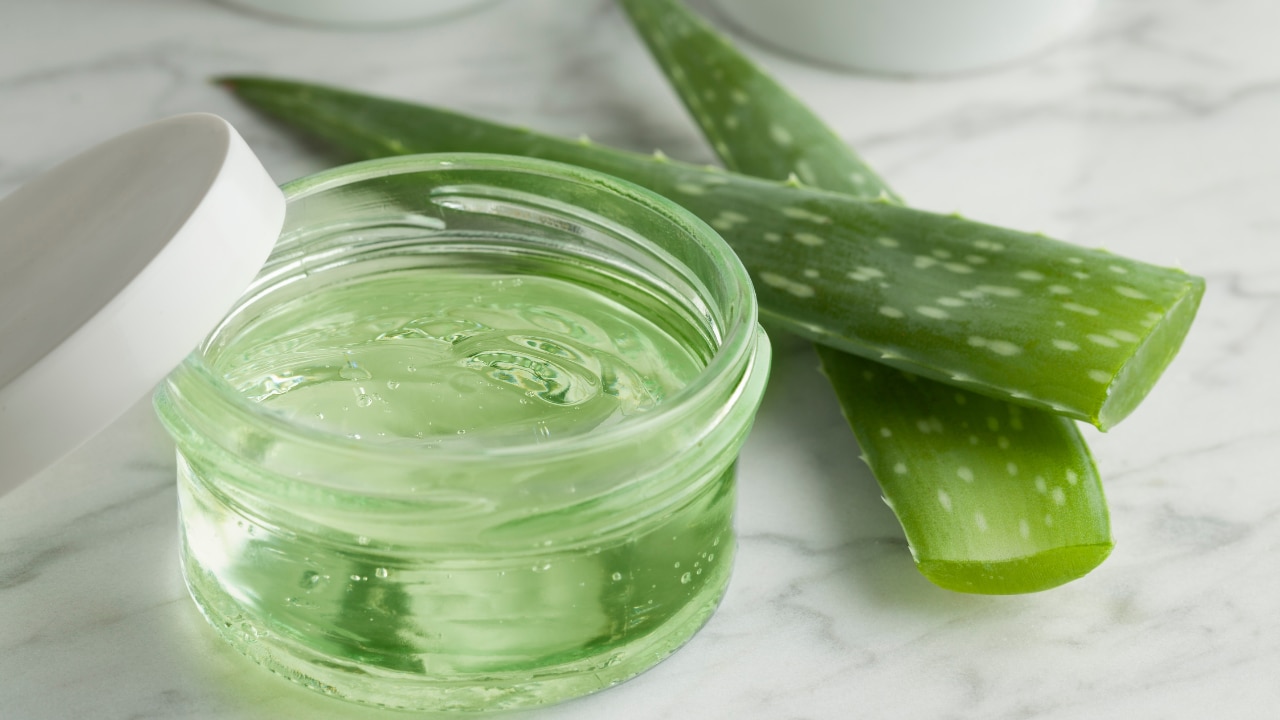
- Why it works: Green tea is packed with powerful antioxidants (EGCG) that protect the skin from free radicals and environmental stress.
- How to make: Brew a cup of strong green tea and let it cool completely. Mix 2 tablespoons of aloe vera gel with 1 tablespoon of the cooled green tea.
- How to apply: Apply using a cotton pad and allow to absorb for 15 minutes.
8. Aloe Vera + Coffee Grounds (for Circulation & Radiance)
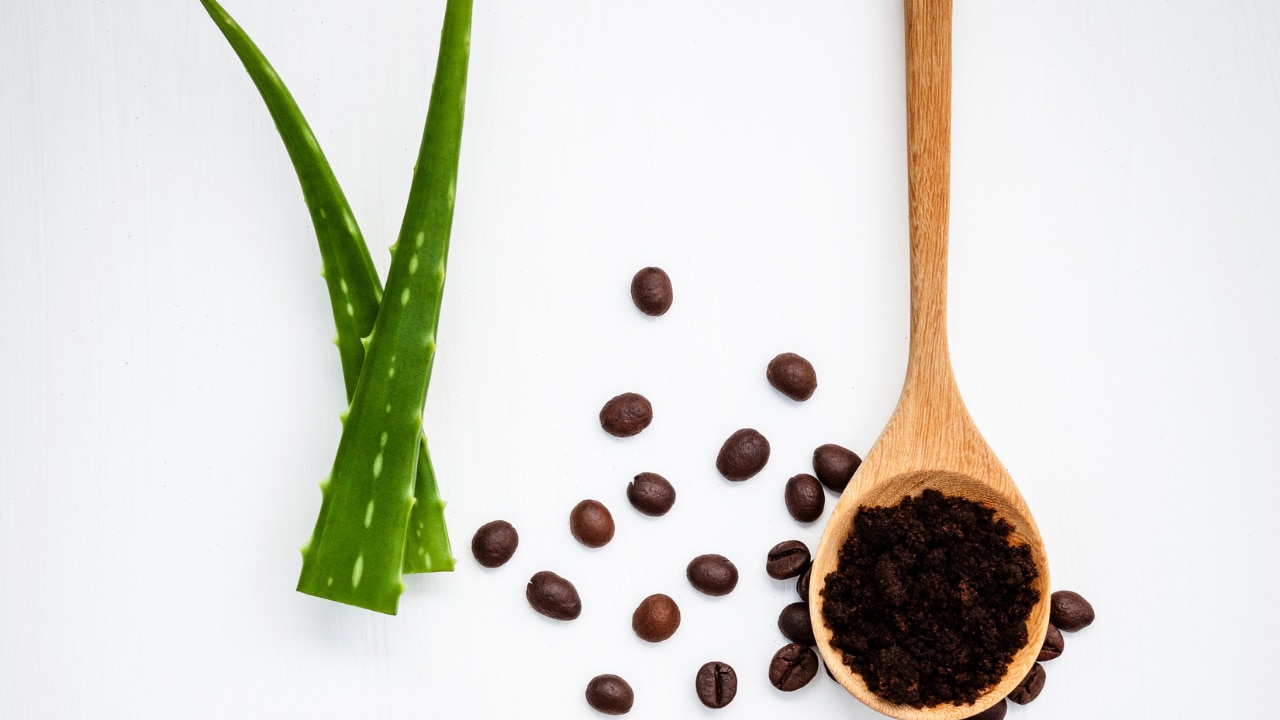
- Why it works: Coffee grounds provide a gentle physical exfoliation, boosting circulation and revealing a brighter, more energised complexion.
- How to make: Mix 2 tablespoons aloe vera gel with 1 teaspoon of used, cooled coffee grounds.
- How to apply: Apply to the face and gently massage in circular motions for 1 minute before letting the mask sit for another 10 minutes. Rinse thoroughly.
9. Aloe Vera + Cocoa Powder (for Dry & Tired Skin)
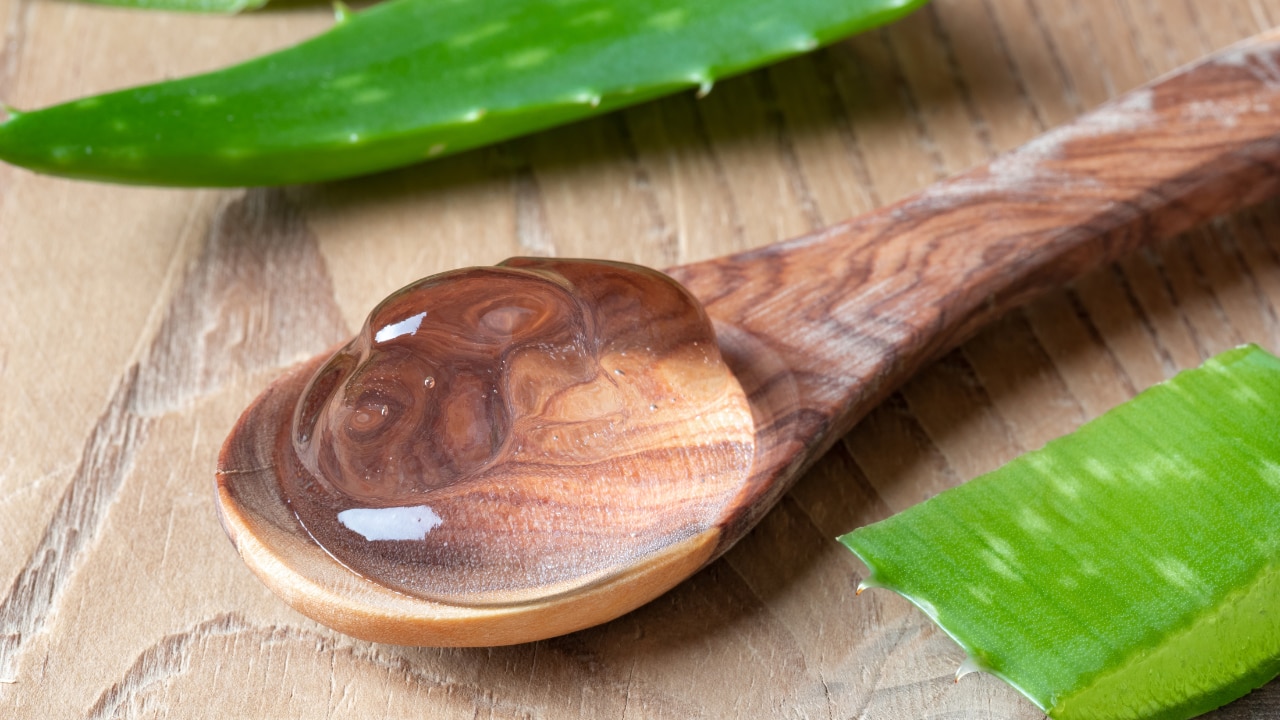
- Why it works: Cocoa powder is rich in antioxidants and helps to improve blood flow, giving the skin a richer, healthier appearance.
- How to make: Combine 2 tablespoons aloe vera gel with 1 teaspoon of unsweetened cocoa powder.
- How to apply: Apply and relax with this luxurious, chocolatey mask for 15 minutes.
10. Simple Protecting Aloe Vera Mask (for the Quickest Glow)
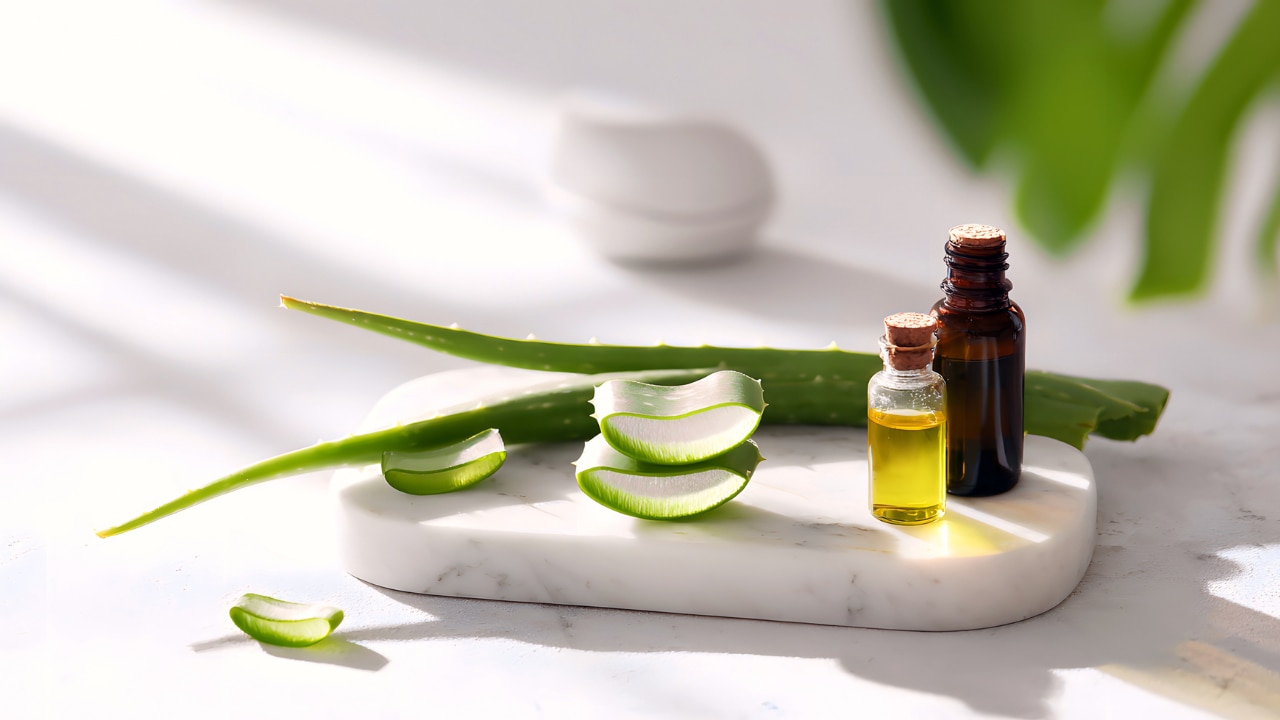
- Why it works: Sometimes, simplicity is key. A pure aloe vera face mask is the best way to get maximum aloe vera benefits for skin without irritation. It's the simplest way to learn how to make a aloe vera face mask.
- How to make: Use 2–3 tablespoons of pure aloe vera gel (fresh or high-quality bottled).
- How to apply: Apply a very thick layer to the face. Leave on for 30 minutes, then rinse. Follow up with a light moisturiser, such as the Simple Protecting Light Moisturizer which is non-greasy and perfect for locking in hydration. For a deeper cleanse and glow boost, you could also use the Simple Protect N Glow Vitamin C Brighten Clay Mask once a week.
04Tips for Using Aloe Vera Face Masks Effectively
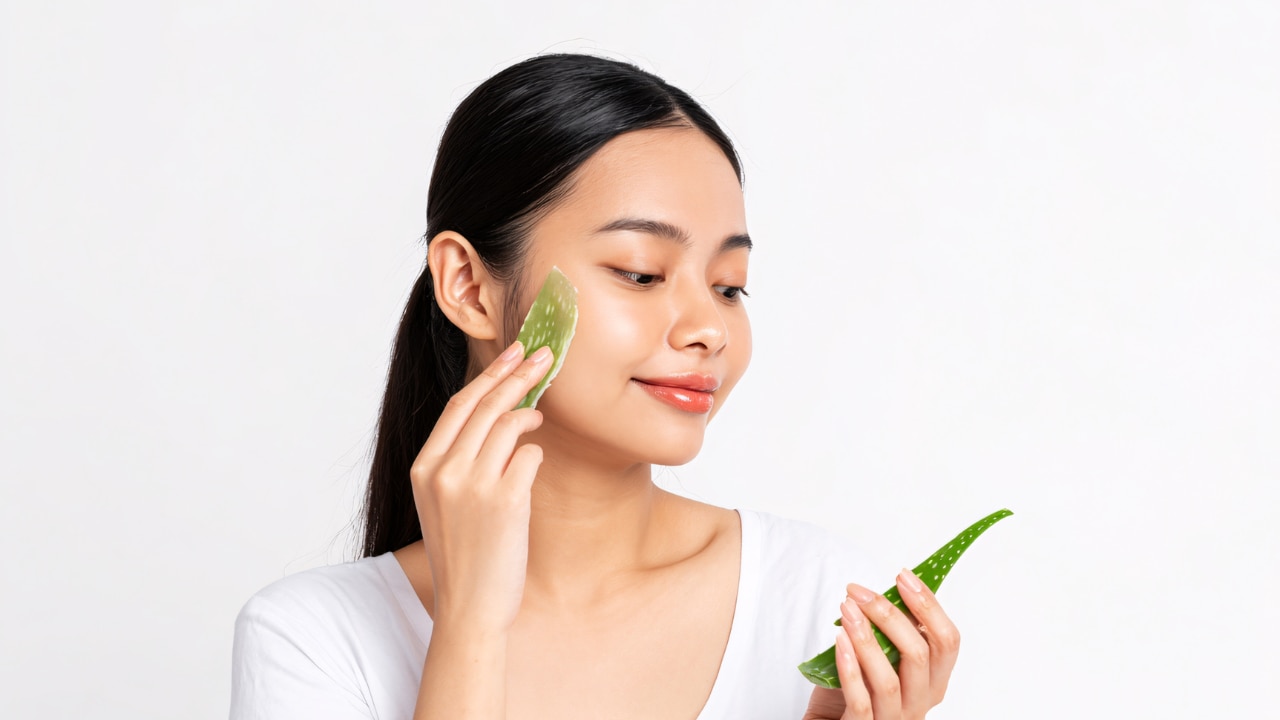
To get the most out of your aloe vera face mask, follow these simple guidelines:
- Frequency: Use your DIY face mask 2–3 times per week. Over-exfoliation (especially with masks containing lemon or coffee) can be counterproductive.
- Patch Test: Before applying any new mixture to your face, especially those with essential oils or citrus, apply a small amount behind your ear or on your inner arm and wait 24 hours to check for an adverse reaction.
- Clean Skin is Key: Always apply your mask to a freshly cleansed face. Use a gentle product like the Simple Smoothing Gel Cleanser to remove all dirt and make-up first.
- Immediate Moisturising: As soon as you rinse the mask, apply a lightweight moisturiser like the Simple Ultra-Light Liquid Moisturiser to lock in the hydration the aloe has just provided.
- Storage: Store any leftover mixture in an airtight container in the fridge for no more than 3 days. Natural ingredients spoil quickly.
05Common Mistakes to Avoid
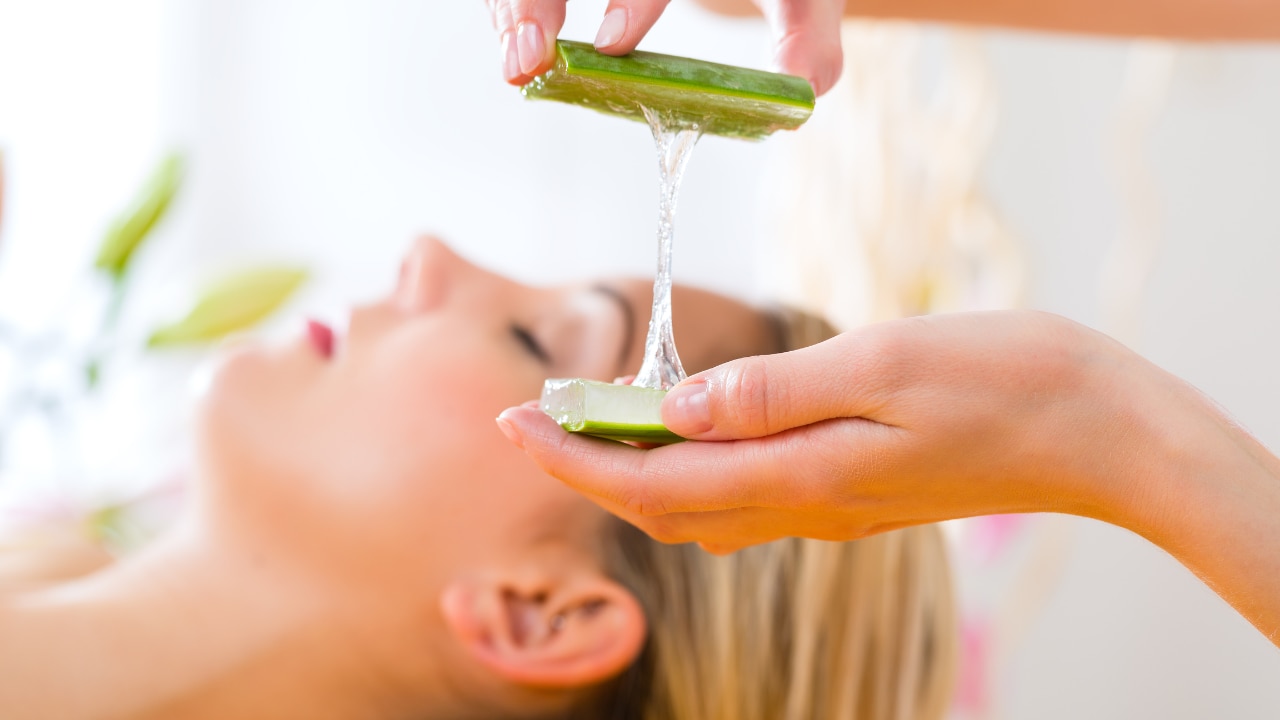
A few common errors can prevent you from enjoying the full aloe vera benefits for skin or, worse, cause irritation:
- Using the Yellow Sap (Aloins):
The yellow liquid that oozes out when you cut an aloe leaf is called aloin (or latex). It's a harsh laxative and can be highly irritating to sensitive skin. Always drain this yellow sap completely before using the clear gel.
- Applying a Mask to Dirty Skin
Applying a mask over make-up or grime will push those impurities deeper into your pores, potentially leading to breakouts.
- Skipping Sunscreen Afterwards
Any mask that has a brightening or exfoliating agent (like lemon or yoghurt) makes your skin more vulnerable to sun damage. Never skip your SPF the following day.
- Using Too Many Aggressive Ingredients:
Avoid mixing aloe with powerful retinoids or high-concentration acids in the same application. Aloe should be used as a calming step in your routine.
06Conclusion
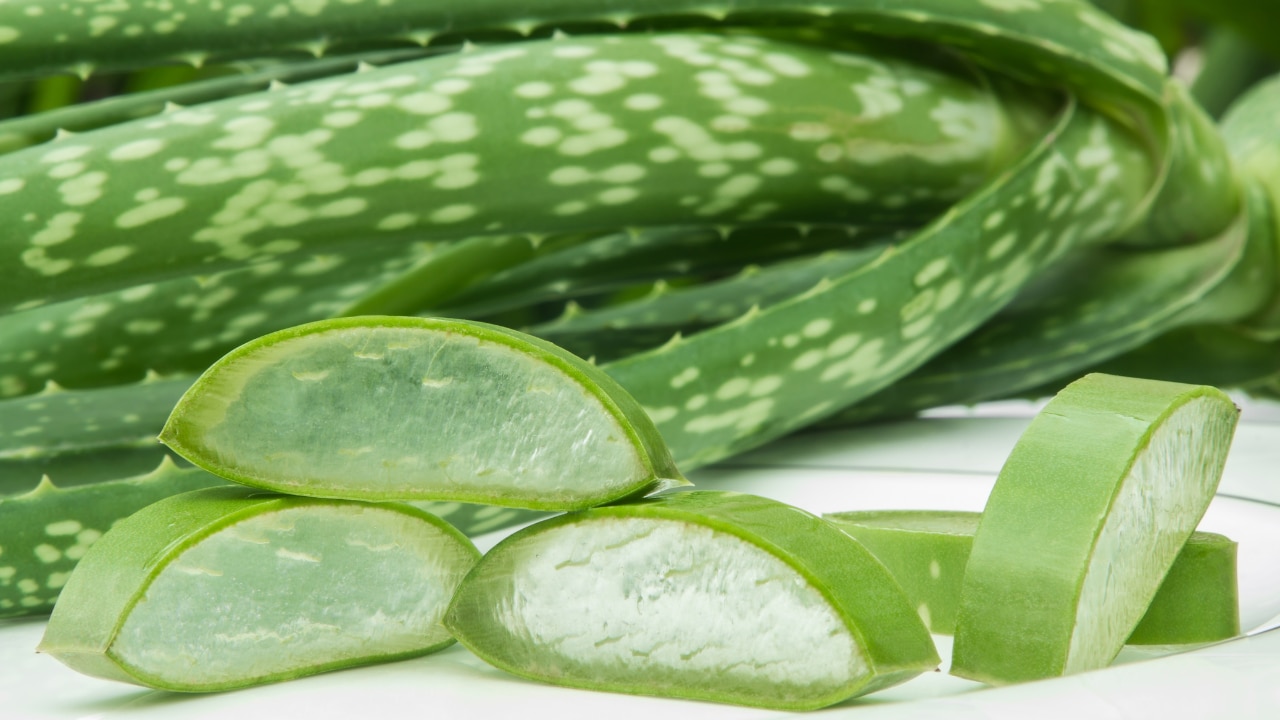
The aloe vera face mask is proof that the best remedies come from nature's simplest creations. Embrace this natural powerhouse and watch your complexion transform.
07FAQs
Q: What is the best homemade face mask with aloe vera?
A: The best all-rounder is Aloe Vera + Honey for intense hydration and glow. For acne/oil control, use Aloe Vera + Turmeric + Gram Flour.
Q: How to make a Korean aloe vera face mask?
A: A popular "glass skin" recipe is Aloe Vera + Chia Seeds + Milk. Soak the chia seeds in warm milk first, then mix with aloe vera gel for a deeply hydrating, plumping mask.
Q: Is aloe vera suitable for all skin types?
A: Yes, generally. It is non-comedogenic for oily skin, highly hydrating for dry skin, and its anti-inflammatory properties soothe sensitive skin. Always perform a patch test first.

